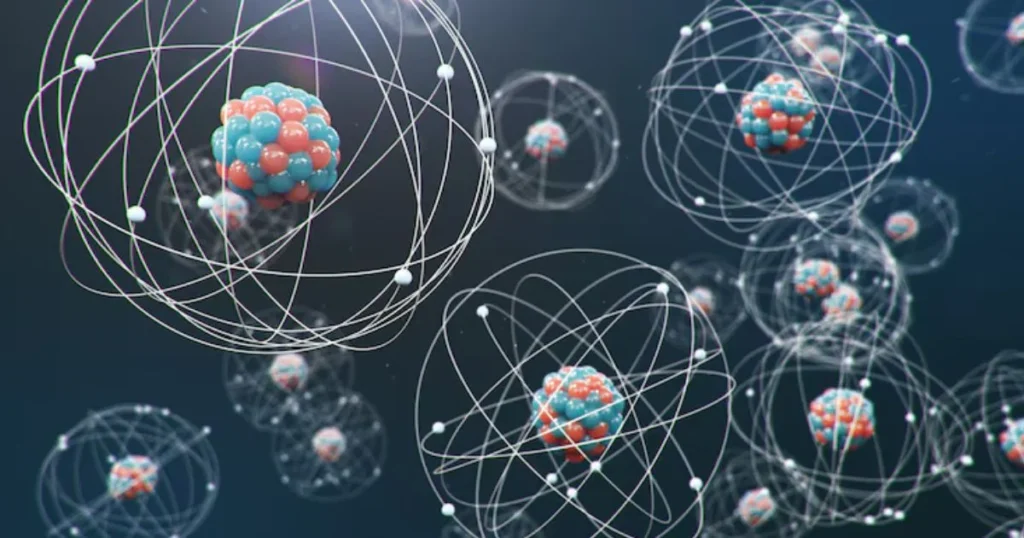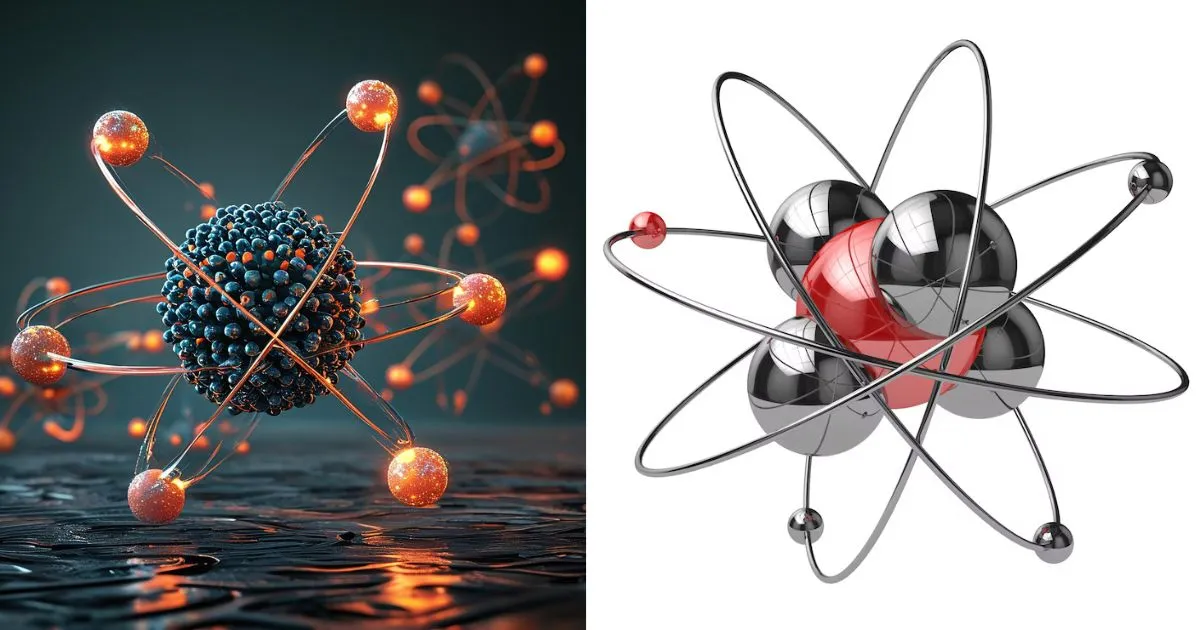Introduction to Atomic Structures
Atomic structures form the foundation of chemistry and physics, explaining how matter is composed and interacts. Understanding atomic structures is essential for students, educators, and science enthusiasts alike. In this guide, we will explore the key concepts of atomic structures, their significance, and how tools like an atomic structure worksheet can enhance learning.
By the end of this article, you will have a thorough understanding of:
The basic components of an atom
Historical discoveries in atomic theory
How atomic structures influence chemical properties
Practical applications of atomic knowledge
The role of an atomic structure worksheet in mastering this topic
The Basics of Atomic Structures
Atoms are the smallest units of matter that retain the properties of an element. They consist of three primary subatomic particles:
Protons—positively charged particles found in the nucleus.
Neutrons—neutral particles—are also located in the nucleus.
Electrons—negatively charged particles orbiting the nucleus.
The arrangement of these particles defines an element’s atomic structure, influencing its behavior in chemical reactions.
Key Components of an Atom
| Particle | Charge | Location | Mass (amu) |
|---|---|---|---|
| Proton | +1 | Nucleus | ~1 |
| Neutron | 0 | Nucleus | ~1 |
| Electron | -1 | Electron Cloud | ~0.0005 |
Understanding these components is crucial, and an atomic structure worksheet can help reinforce this knowledge through exercises and diagrams.
Historical Development of Atomic Theory
The concept of atomic structures has evolved over centuries. Here’s a brief timeline of key discoveries:
1. Dalton’s Atomic Theory (1803)
John Dalton proposed that
All matter is made of indivisible atoms.
Atoms of the same element are identical.
Compounds form when atoms combine in fixed ratios.
2. Thomson’s Plum Pudding Model (1897)
J.J. Thomson discovered electrons and suggested that atoms were a “pudding” of positive charge with embedded electrons.
3. Rutherford’s Nuclear Model (1911)
Ernest Rutherford’s gold foil experiment revealed the nucleus, proving that atoms are mostly space.
4. Bohr’s Planetary Model (1913)
Niels Bohr introduced energy levels, explaining how electrons orbit the nucleus in fixed shells.
5. Quantum Mechanical Model (1926-Present)
Modern atomic theory uses quantum mechanics to describe electron behavior as probability clouds rather than fixed orbits.
Using an atomic structure worksheet, students can visualize these models and compare their differences.
How Atomic Structures Influence Chemical Properties

The atomic structure of an element determines its:
1. Atomic Number & Mass
Atomic Number (Z) = Number of protons (defines the element).
Mass Number (A) = Protons + Neutrons.
2. Electron Configuration
Electrons occupy energy levels (shells) and sublevels (s, p, d, f). The arrangement affects reactivity and bonding.
3. Valence Electrons & Reactivity
Valence electrons are in the outermost shell.
Elements with full valence shells (noble gases) are inert.
Others gain, lose, or share electrons to achieve stability.
4. Isotopes & Radioactivity
Isotopes are atoms of the same element with different neutron counts.
Some isotopes are unstable (radioactive), emitting particles to stabilize.
An atomic structure worksheet can help students practice calculating protons, neutrons, and electrons in isotopes.
Practical Applications of Atomic Structures
Understanding atomic structures has real-world implications, including:
1. Medicine (MRI & Radiotherapy)
Magnetic Resonance Imaging (MRI) relies on nuclear spin properties.
Radioisotopes treat cancers (e.g., cobalt-60).
2. Energy Production (Nuclear Reactors)
Uranium-235 undergoes fission, releasing energy.
3. Materials Science (Semiconductors & Nanotech)
Silicon’s electron configuration enables computer chips.
Carbon nanotubes leverage atomic bonding for strength.
4. Environmental Science (Carbon Dating)
Carbon-14 decay helps date archaeological finds.
Students can explore these applications through an atomic structure worksheet with case studies.
Using an Atomic Structure Worksheet for Effective Learning
An atomic structure worksheet is a powerful tool for mastering this topic. Here’s how:
1. Labeling Diagrams
Identify protons, neutrons, and electrons in an atom.
2. Calculating Subatomic Particles
Given the atomic number and mass, find the neutrons.
3. Drawing Electron Configurations
Practice filling orbitals (e.g., 2-8-8 rule).
4. Comparing Atomic Models
Contrast Bohr’s model with the quantum mechanical model.
5. Solving Isotope Problems
Determine average atomic mass from isotope abundances.
For a free atomic structure worksheet, check out Khan Academy’s Chemistry Resources
Common Misconceptions About Atomic Structures
Many students struggle with
Myth: orbit the nucleus like planets.
Fact: Electrons exist in probability clouds (orbitals).
Myth: All atoms of an element are identical.
Fact: Isotopes have varying neutron counts.
An atomic structure worksheet can clarify these misconceptions through guided practice.
Conclusion: Mastering Atomic Structures
From defining matter to enabling modern technology, atomic structures are fundamental to science. Whether you’re a student or educator, using an atomic structure worksheet can solidify your understanding through hands-on practice.
Key Takeaways:
- Atoms consist of protons, neutrons, and electrons.
- Atomic models evolved from Dalton to quantum mechanics.
- Electron configuration determines chemical behavior.
- Isotopes and radioactivity have vital applications.
- Worksheets reinforce learning through exercises.
By applying these concepts, you’ll gain a deeper appreciation for the building blocks of the universe!
People also ask
What have I learned about atomic structure?
Atoms consist of three basic particles: protons, electrons, and neutrons. The nucleus (center) of the atom contains the protons (positively charged) and the neutrons (uncharged). The outermost regions of the atom are called electron shells and contain the electrons (negatively charged).
What is the relationship between atomic structures and organic chemistry?
Understanding atomic structures is the fundamental gateway to grasping disciplines like organic chemistry, which studies carbon compounds and their reactions. The arrangement of electrons in atoms, especially carbon, determines how covalent bonds form to create complex organic molecules. If you’re interested in diving deeper into this field, you can read our comprehensive guide on organic chemistry basics to see how concepts build from atoms to massive molecules like proteins and DNA.
What does the atomic structure tell us?
The atomic number at the top of each element tells us how many protons are in the nucleus. Because atoms have the same number of electrons as protons, the atomic number can also tell us how many electrons an atom has. The atomic mass is the number at the bottom of each element.
Why is it important to learn atomic structure?
Understanding atomic structure is fundamental to all aspects of chemistry, as it provides a foundation for understanding chemical reactions, properties of elements, and the behavior of matter.
What do you understand by atomic structures?
Atoms consist of an extremely small, positively charged nucleus surrounded by a cloud of negatively charged electrons. Although typically the nucleus is less than one ten-thousandth the size of the atom, the nucleus contains more than 99.9% of the mass of the atom.
What do we study in atomic structure?
Atomic Structure Quick Revision for the JEE. Primarily, the atomic structure of matter is made up of protons, electrons, and neutrons. The protons and neutrons make up the nucleus of the atom, which is surrounded by the electrons belonging to the atom. The atomic number of an element describes the total number of protons in its nucleus.

